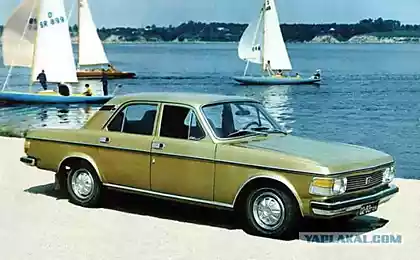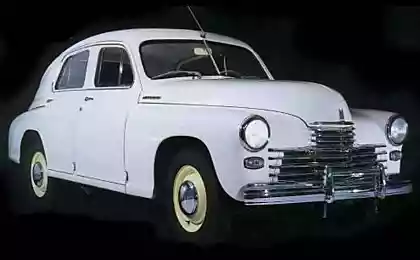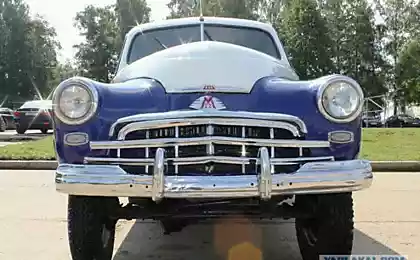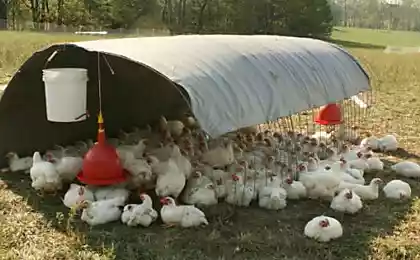201
Scientists have learned to purify the air using artificial photosynthesis
A group of scientists from the University of Central Florida and Florida State University have created a new material that, under the influence of visible light due to artificial photosynthesis, processes carbon dioxide into organic substances.
211483
Attempts to reproduce photosynthesis, the conversion of sunlight energy into chemical bond energy, have been made for a long time, but recently they have intensified due to global warming. The fact is that CO2, which serves as a raw material for photosynthesis, is second only to water vapor contained in the atmosphere in terms of its contribution to the greenhouse effect.
Photocatalytic properties are known for some non-biological substances, in particular for metal-organic frameworks – crystalline compounds consisting of metals and organic substances. They usually appear when illuminated by ultraviolet light, the share of which in sunlight is only 4 percent. In addition, they usually use extremely expensive metals such as platinum, rhenium and iridium. Because of this, using them for artificial photosynthesis is very expensive. In their work, the scientists decided to use a metal-organic framework based on a much more affordable titanium. The organic part essentially acted as an “antenna” for absorbing light. By slightly modifying this substance, the researchers could change the range of light in which it operates. They decided to adapt it for blue.

To simulate solar lighting, engineers assembled a “photoreactor” – a cylinder pasted from the inside with an LED tape that emits blue light. Inside the cylinder was hung a flask with a substance that was blown with carbon dioxide. The hypothesis was confirmed and some of the CO2 was converted into organic substances: formate and formamide, which can be considered as solar fuel and used for energy.
In the future, the scientists intend to increase the efficiency of artificial photosynthesis and the amount of CO2 processed, as well as adapt their material to other visible light bands. They also proposed the concept of creating special treatment plants in plants with high greenhouse gas emissions that would process the CO2 produced, process it into energy and return it to the plant.
This is not the first study on artificial photosynthesis. For example, in 2015, scientists created a device that splits water into oxygen and hydrogen in light for hydrogen-oxygen fuel cells, and then at MIT showed a similar device in which the resulting hydrogen and carbon from the air are processed by genetically modified bacteria into liquid fuel. Some researchers prefer not to create artificial machines for photosynthesis, but to increase the efficiency of photosynthesis in plants, as an international team of scientists recently did. published
P.S. And remember, just changing our consumption – together we change the world!
Source: //inhabitat.com/energy-generating-artificial-plants-turn-greenhouse-gases-into-clean-air/
211483
Attempts to reproduce photosynthesis, the conversion of sunlight energy into chemical bond energy, have been made for a long time, but recently they have intensified due to global warming. The fact is that CO2, which serves as a raw material for photosynthesis, is second only to water vapor contained in the atmosphere in terms of its contribution to the greenhouse effect.
Photocatalytic properties are known for some non-biological substances, in particular for metal-organic frameworks – crystalline compounds consisting of metals and organic substances. They usually appear when illuminated by ultraviolet light, the share of which in sunlight is only 4 percent. In addition, they usually use extremely expensive metals such as platinum, rhenium and iridium. Because of this, using them for artificial photosynthesis is very expensive. In their work, the scientists decided to use a metal-organic framework based on a much more affordable titanium. The organic part essentially acted as an “antenna” for absorbing light. By slightly modifying this substance, the researchers could change the range of light in which it operates. They decided to adapt it for blue.

To simulate solar lighting, engineers assembled a “photoreactor” – a cylinder pasted from the inside with an LED tape that emits blue light. Inside the cylinder was hung a flask with a substance that was blown with carbon dioxide. The hypothesis was confirmed and some of the CO2 was converted into organic substances: formate and formamide, which can be considered as solar fuel and used for energy.
In the future, the scientists intend to increase the efficiency of artificial photosynthesis and the amount of CO2 processed, as well as adapt their material to other visible light bands. They also proposed the concept of creating special treatment plants in plants with high greenhouse gas emissions that would process the CO2 produced, process it into energy and return it to the plant.
This is not the first study on artificial photosynthesis. For example, in 2015, scientists created a device that splits water into oxygen and hydrogen in light for hydrogen-oxygen fuel cells, and then at MIT showed a similar device in which the resulting hydrogen and carbon from the air are processed by genetically modified bacteria into liquid fuel. Some researchers prefer not to create artificial machines for photosynthesis, but to increase the efficiency of photosynthesis in plants, as an international team of scientists recently did. published
P.S. And remember, just changing our consumption – together we change the world!
Source: //inhabitat.com/energy-generating-artificial-plants-turn-greenhouse-gases-into-clean-air/
Scientists create 3D printer on solar energy for processing plastics
Created effective hybrid system based on solar and hydropower























